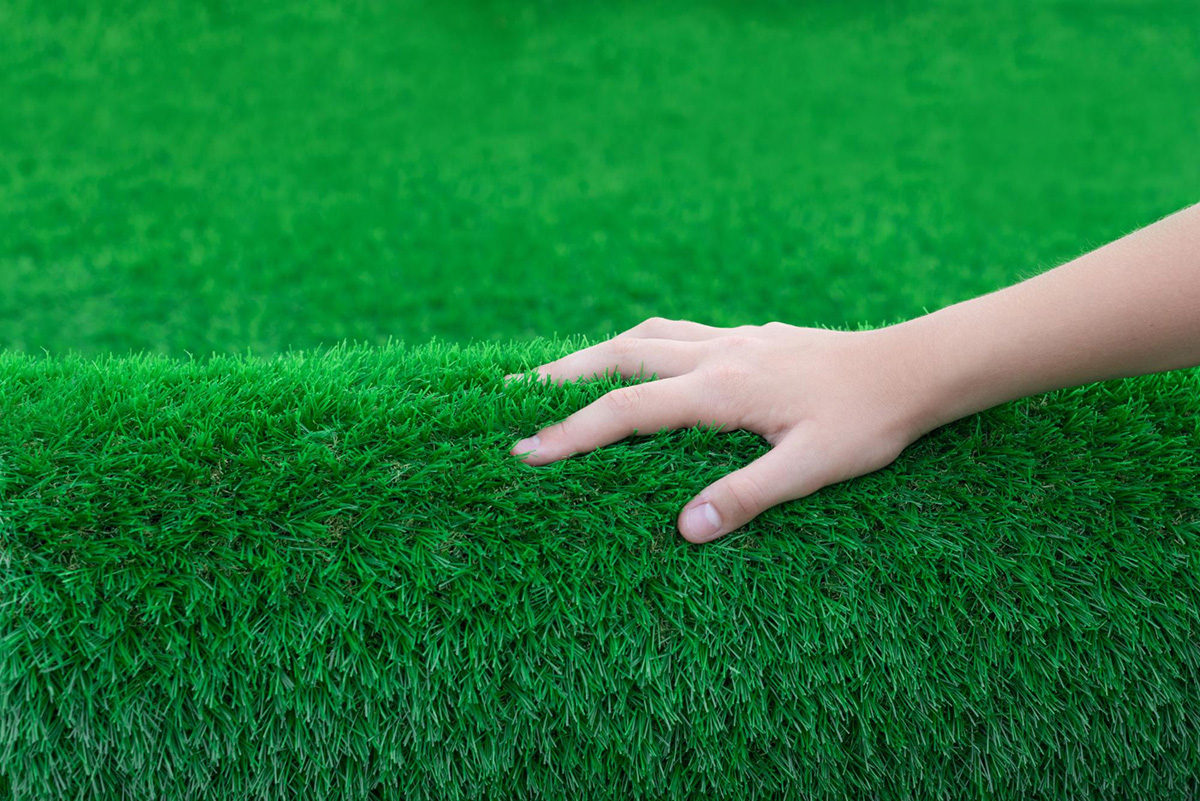How to Properly Install Artificial Grass?

For those looking into installing artificial grass, this can be an extremely exciting and worthwhile investment. Not only will artificial grass save you from hours of maintenance and upkeep, but it will also ensure you have a beautiful lawn all year round. However, it's important to understand that there's more to artificial grass installation than just rolling out the turf. In this blog post, we'll be discussing everything you need to know about how to properly install artificial grass, so you can achieve a perfectly manicured lawn.
1. Preparing the Area
Before you begin installing artificial grass, you need to prepare the area where it'll be laid out. Start by removing any existing grass or debris, such as rocks or weeds. Ensure the area is leveled out and apply a layer of crushed stones to promote drainage. Ensure the stones are levelled as uniformly as possible to prevent any lumps or bumps once the grass has been laid. Lastly, install a weed barrier cloth to stop any unwanted weeds from growing underneath the turf.
2. Measuring and Cutting the Artificial Grass
Order the required amount of artificial grass according to the area's measurements, accounting for some extra material for overlapping where required. Cut out the rolls of grass to fit the area with a sharp utility knife, trimming any extra blades in the edges. Essential, ensure the blades of grass are all fitted the same way to achieve a more natural look. While cutting the turf, ensure the edges are straight and neat, and the pieces of the turf match perfectly without gaps.
3. Gluing and Securing the Turf
Once the turf has been cut out, apply an artificial grass adhesive to the edges of the cut areas and attach the turf on the crushed stone. Starting from one edge, overlap the connecting seams by an inch and ensure the blades are facing the same direction. Use backing tape on the seams to secure them. If the artificial grass needs to be fixed to a solid surface like concrete, ensure it is glued down correctly to ensure the longevity of the turf.
4. Spreading the Infill
To provide the artificial grass with weight and promote its upright position requires infill spread across the turf. Popular infill materials include sand and recycled rubber, among others. Spread the flock material evenly across the turf with a spreader tool and brushing it into the blade-axes with a broom or rake. This will leave the blades of the artificial lawn standing upright and lush; it'll also provide cushioning underfoot.
5. Final Steps
Once the turf has been secured and the infill spread over it, ensure there's no leftover debris or tool lying around. Lastly, inspect the area to ensure that there are no bumps or lump in the turf; you can also prime the lawn to promote proper drainage.
Conclusion
In conclusion, installing artificial grass can be a hassle-free process as long as you follow the guidelines stated in our blog. However, it's always best to have your artificial grass professionally installed to ensure it's installed to perfection. Professional installation can save both time and energy while also offering many significant benefits, including excellent aesthetics, easy maintenance, and durability. For anyone interested in Artificial Grass Installation in Florida, contact "From the Ground Up Landscaping" today for a free quote.